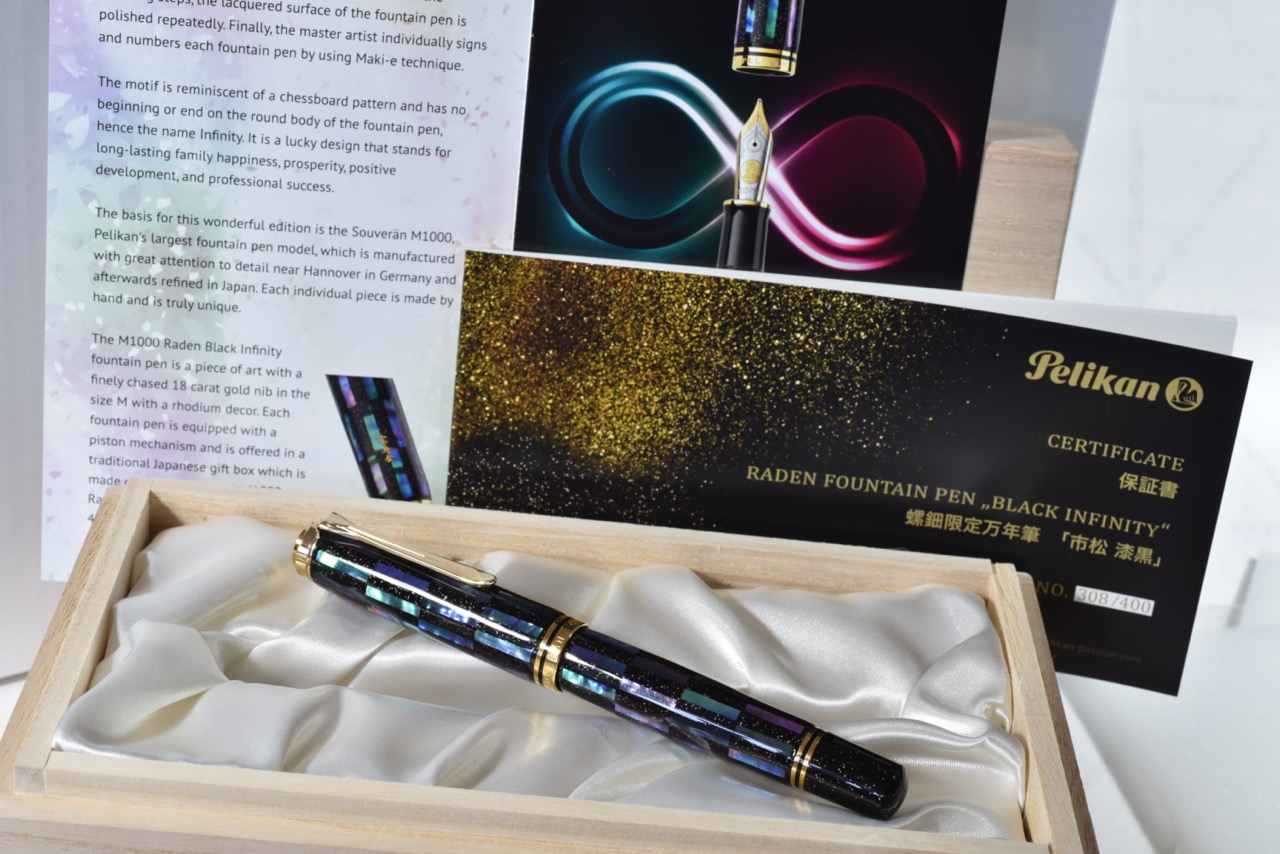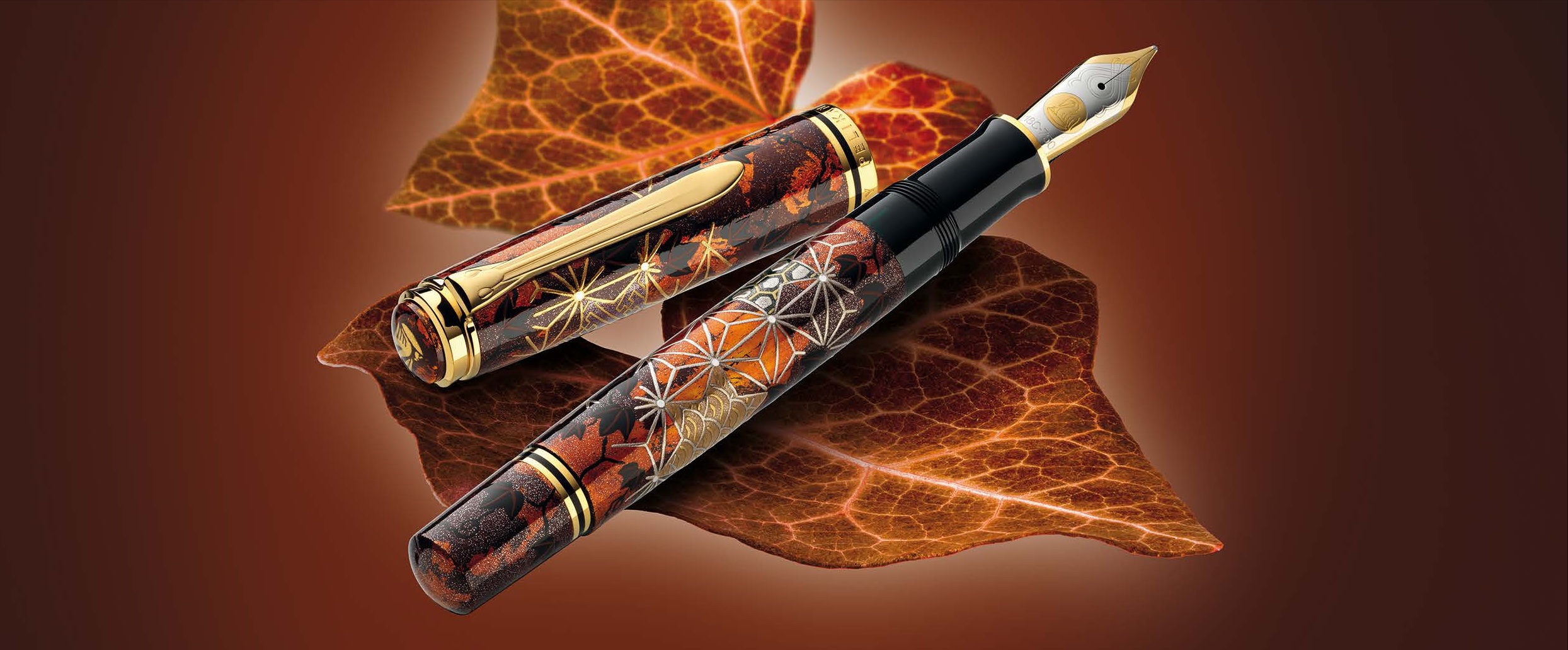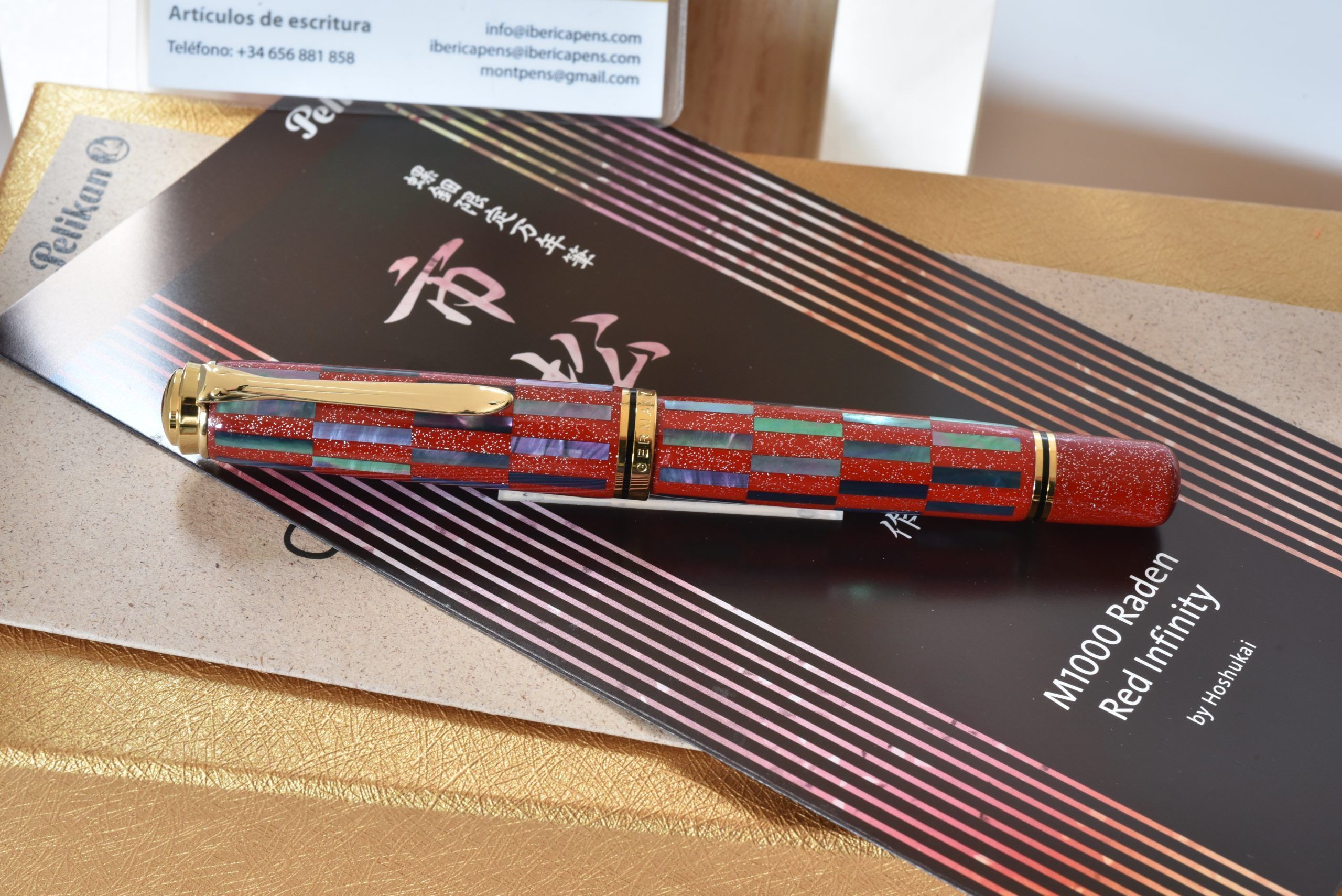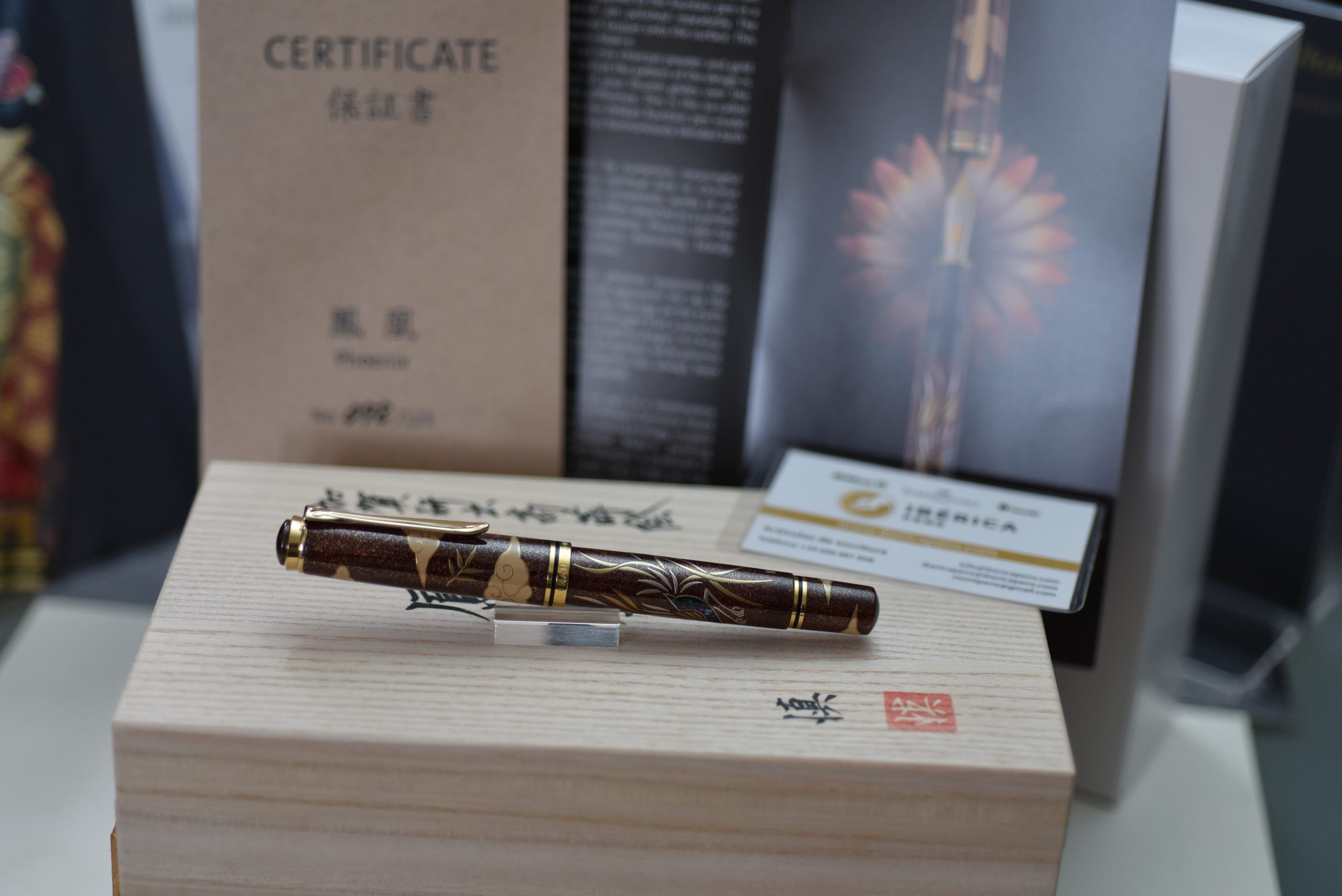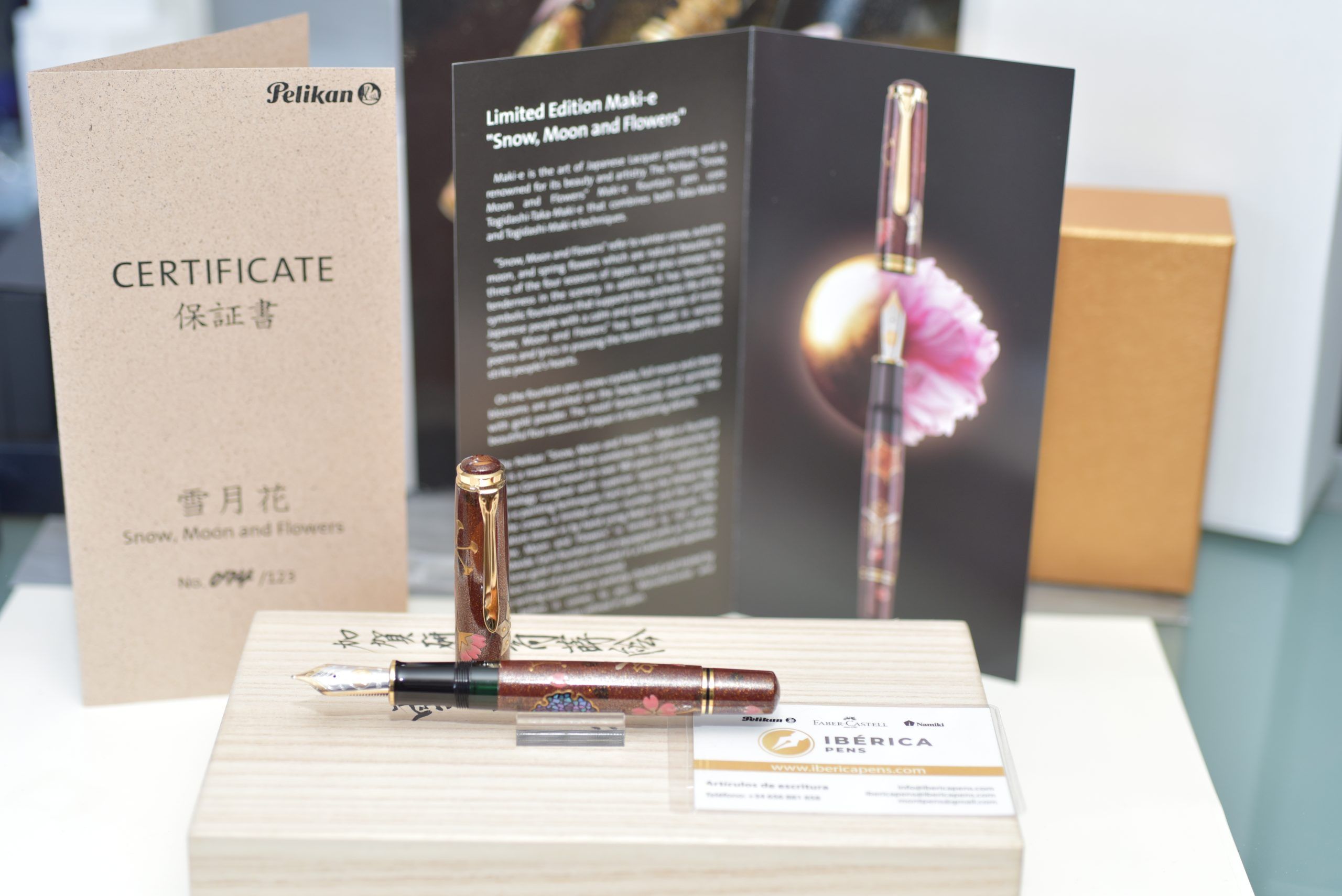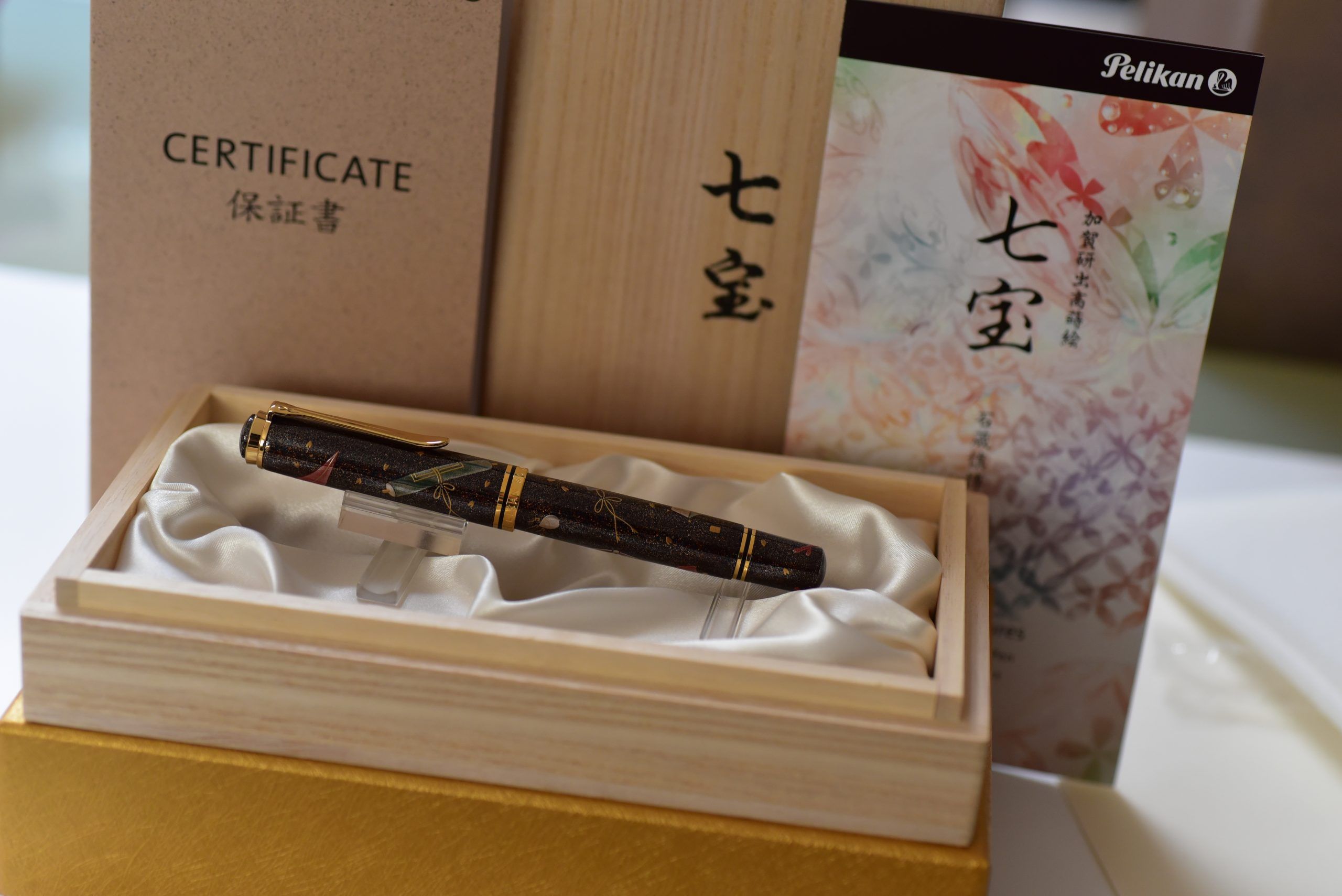Pelikan Makie
Showing all 8 resultsSorted by latest
-
![]()
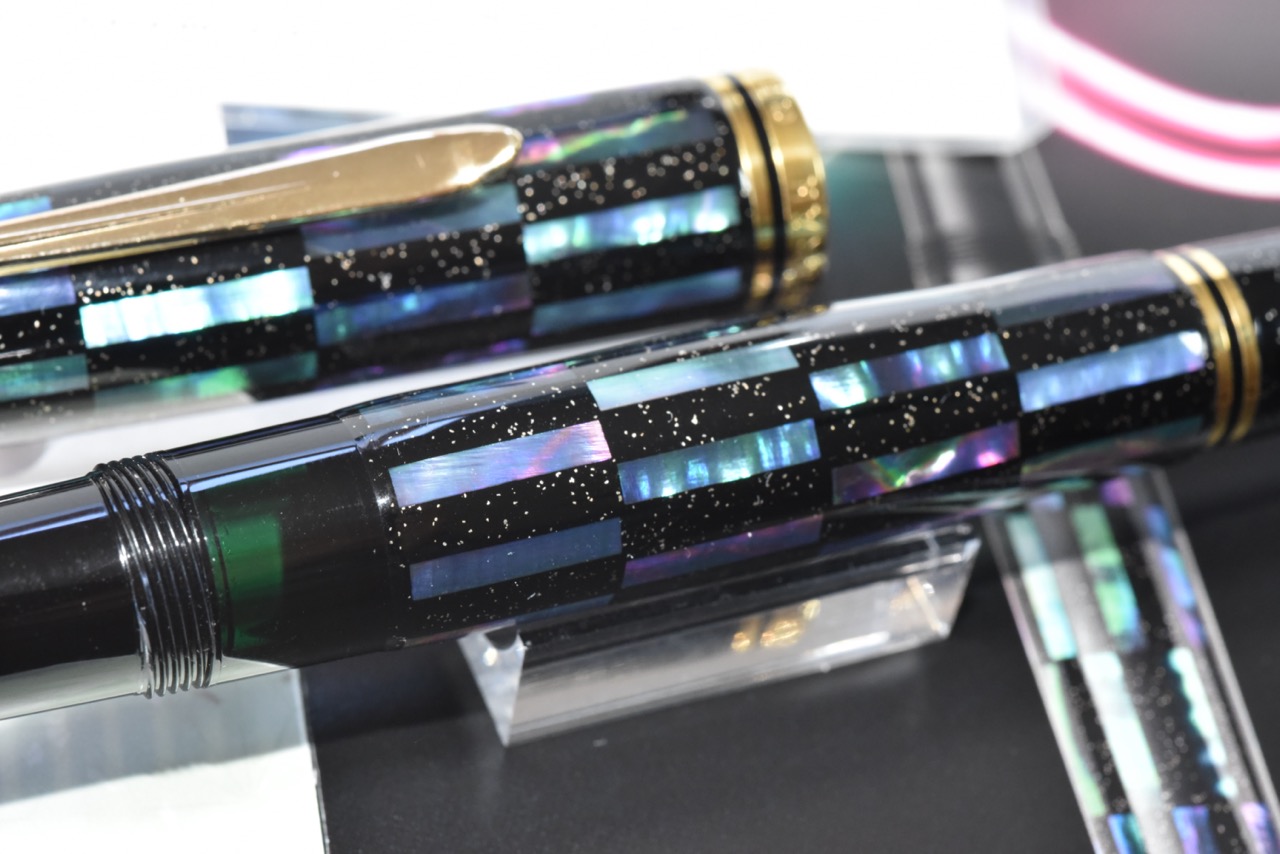
Pelikan Souveran M1000 Raden Black Infinity
2.950,00€The limited edition M1000 Raden Black Infinity is an absolute breathtaking masterpiece of Japanese artistry.
The master artist has created an outstanding piece of art using the traditional Raden technique.The basis for this wonderful edition is the Souverän M1000, which is manufactured with great attention to detail near Hannover in Germany and afterwards refined in Japan. Each individual piece is made by hand and is truly unique. -
![]()

Pelikan maki-e Ivy and Komon L.E. 2024 fountain pen
5.100,00€The “Ivy and Komon” model is a masterpiece with a finely crafted 18K gold nib accented with rhodium decoration, in nib size M. Each pen is individually signed by the artist.
The “Ivy and Komon” Maki-e fountain pen is launched in a limited edition of only 123 pieces worldwide. Each piece is presented in an exclusive traditional Japanese paulownia wood gift box.
-
![]()
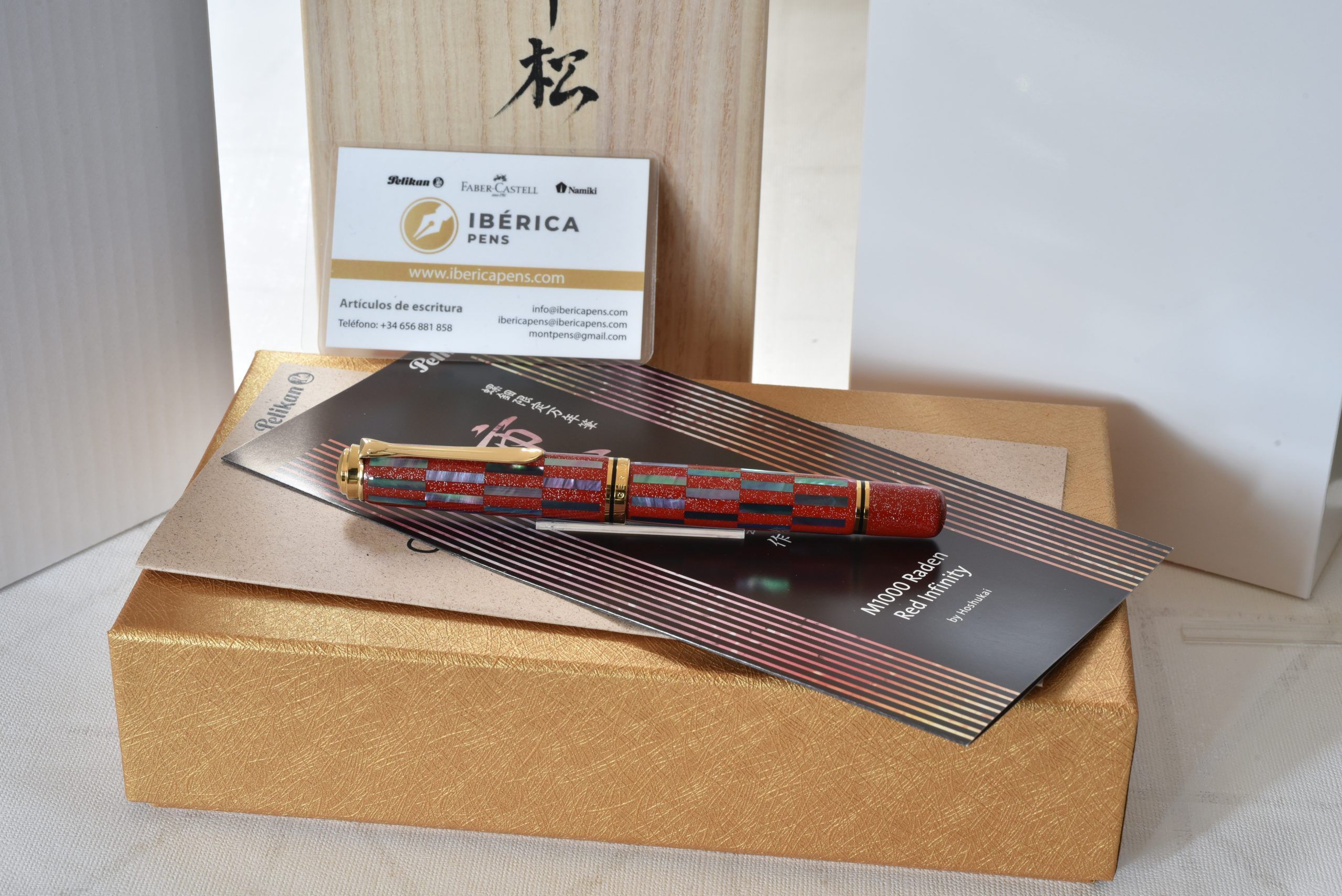
Pluma Estilográfica pelikan M 1000 Raden Red infinity
3.300,00€The master artist individually signs and numbers each fountain pen by using the highly valued Maki-e technique. The Raden M1000 Red Infinity fountain pen is a piece of art with a finely chased 18 carat gold nib in the size M.
Each fountain pen comes in a traditional Japanese gift box which is made of Paulownia wood.
This unique Limited Edition will be available in June 2023 in a limited edition of 400 pieces worldwide. -
![]()

Pelikan Maki-e Phoenix Limited Edition fountain pen
3.800,00€Pelikan Maki-e „Phoenix“ fountain pen is a masterpiece that combines the craftsmanship of Pelikan Germany based on more than 180 years of tradition and technology coupled with superior Japanese traditional Maki-e painting techniques. Each Souverän M 1000 fountain is produced in Germany and then decorated in Japan. Every single pen has the Pelikan logo on the crown, a limited-edition number, and the artist’s signature drawn in by hand using Maki-e techniques. The “Phoenix”, released in the year 2022 is available in a limited edition of only 123 pieces worldwide.
Finely-chased 18 carat gold nibs in the size M, all accentuated with a rhodium décor.
Each fountain pen is presented in a traditional Japanese gift box which is made of Paulownia wood.
The writing qualities are carefully checked and tested by hand before it comes to you. Manufactured and assembled in Germany, refined in Japan.
Limited to 123 pieces worldwide -
![]()
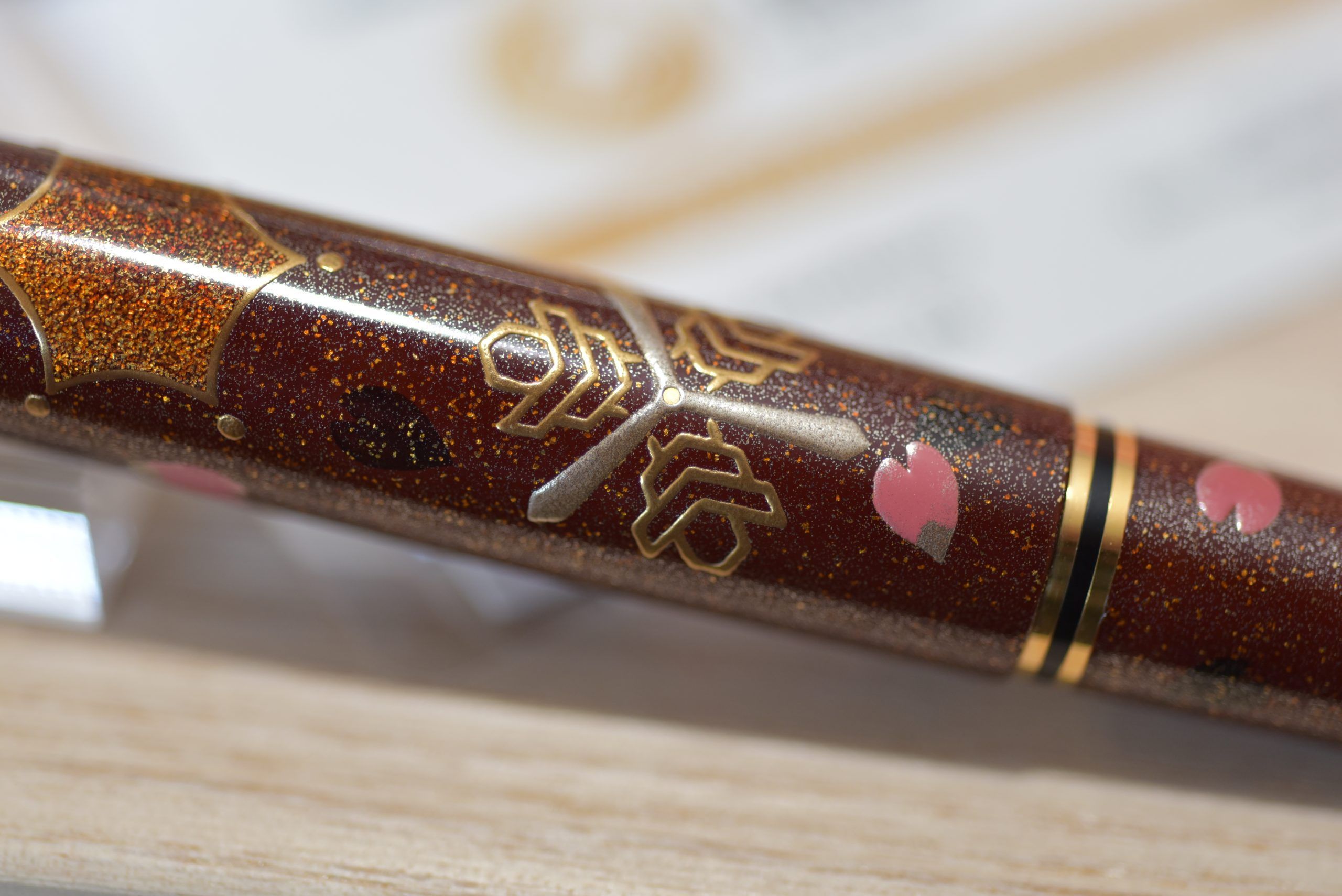
Pelikan Maki-e Snow Moon And Flowers Limited Edition Fountain Pen
4.200,00€Produced in just 123 numbered pieces worldwide, the Pelikan Maki-e Snow Moon And Flowers is a stunning fusion of Japanese traditional art and German pen design. We have just one pen available, after which the edition will be sold out.
Normally furnished with only a Medium nib, we can provide your choice from among the full range of Pelikan M1000 18k solid gold nib units.
-
![]()
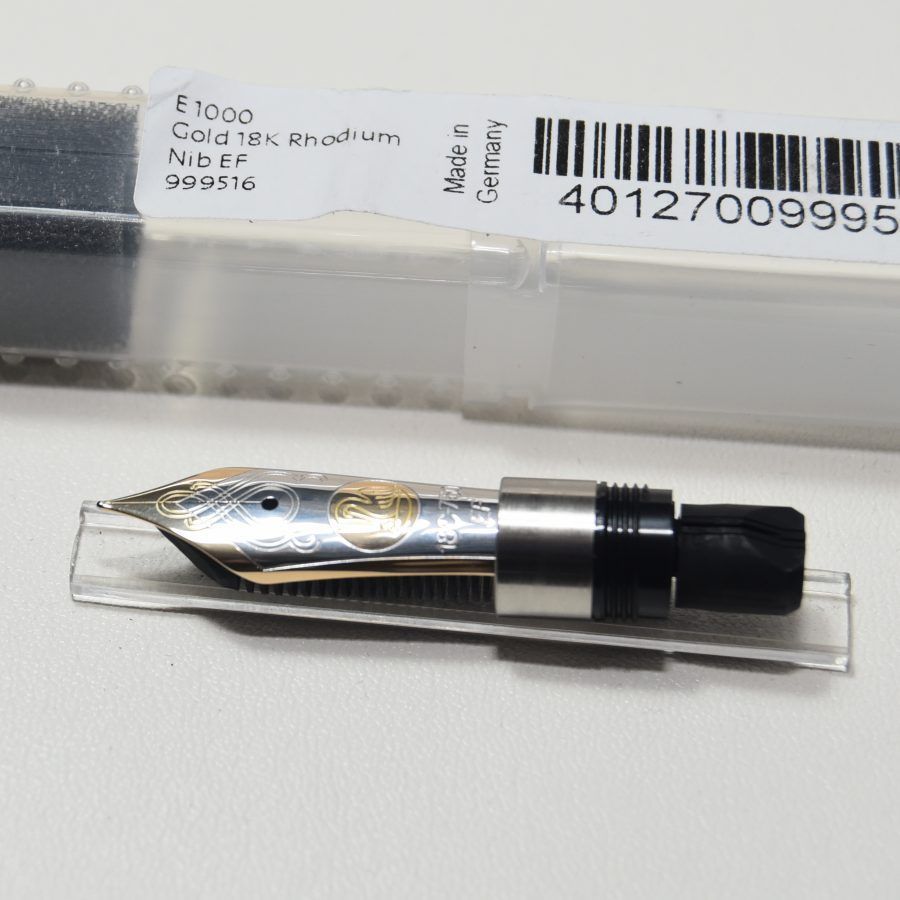 This product has multiple variants. The options may be chosen on the product page
This product has multiple variants. The options may be chosen on the product page18-carat gold nib Pelikan M1000 for fountain pen
275,00€ – 290,00€18-carat gold nib.
Pelikan 1000 models.
sizes EF,F,M,B.
-
![]()
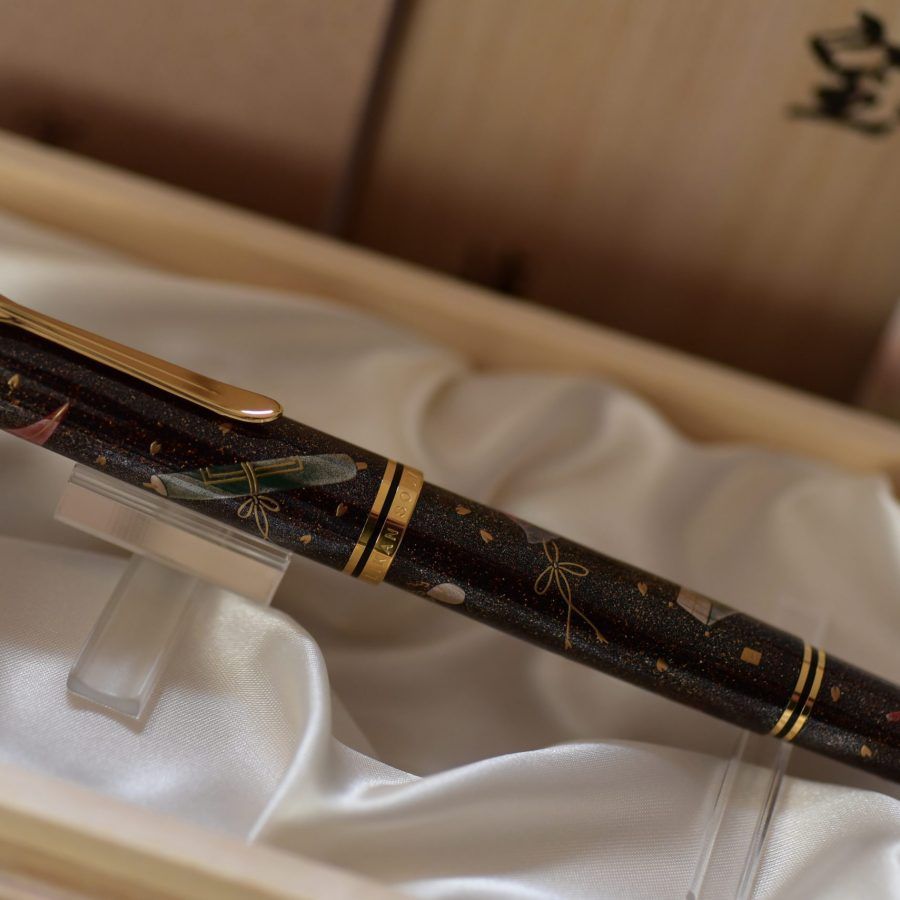
PELIKAN MAKI-E FOUNTAIN PEN SEVEN TREASURES
3.900,00€LIMITED EDITION Maki-e Seven Treasures
Maki-e is the art of Japanese lacquer painting and is renowned for its beauty and artistry. The Pelikan Maki-e ”Seven Treasures“ fountain pen uses Togidashi-Taka-Maki-e that combines both Taka-Maki-e and Togidashi-Maki-e techniques.
Seven Treasures are listed in the Buddhist scriptures. The typical seven treasures are gold, silver, lapis lazuli, crystal, giant clam, coral, and agate.
The Seven Treasures are expressed on this Pelikan M1000
as auspicious omen motifs by drawing additional fortunate items such as treasure roll, treasure-house lock, and cherry blossoms. By this, the Pelikan Maki-e ”Seven Treasures“ fountain pen is a collection of symbols which are believed to bring good fortune and are often used for Japanese traditional designs. -
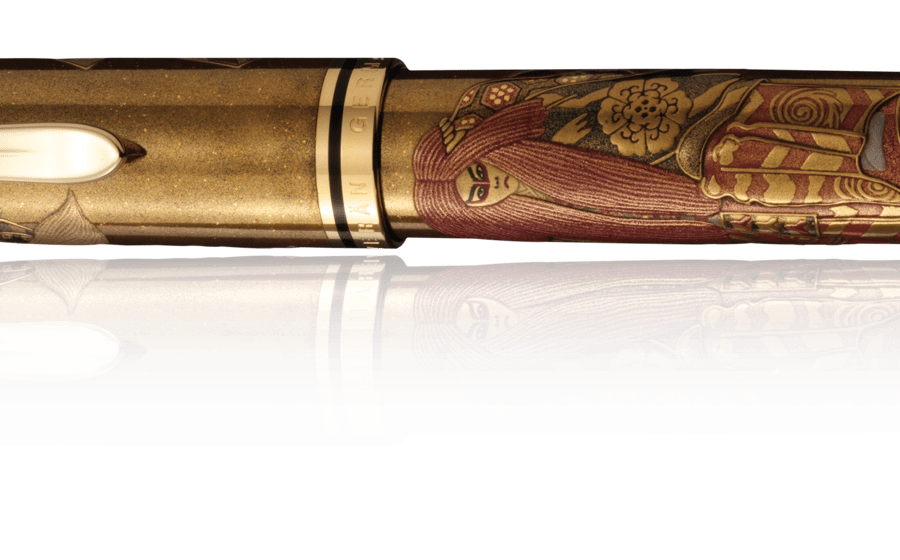
Fountain Pen Pelikan Maki-e Renjishi
5.800,00€Renjishi
Kabuki is a traditional Japanese form of theatre. Its origin is said to be from a series of performances by Izumono Okuni in Kitano Tenmangu in 1603 (the beginning of the Edo era). These performances became very popular in Kyoto, and for the last four hundred years have been established as a point of Japanese pride for traditional art. More recently, Kabuki has become popular abroad as well.
The tale of Renjishi was written by Mokuami Kawatake based upon the moral story in which a parent pushes his children down into the bottomless valley with the intention of raising only those who are able to run back up from the valley. This story is regarded as the representative piece of Kabuki dancing, and truly touches the audience’s heart as it is performed by a real parent and son.
The climax of this performance is painted on the Pelikan fountain pen “Renjishi”, where the white-haired parent and the red-haired child dance together wildly as a perfect match.


 Español
Español 